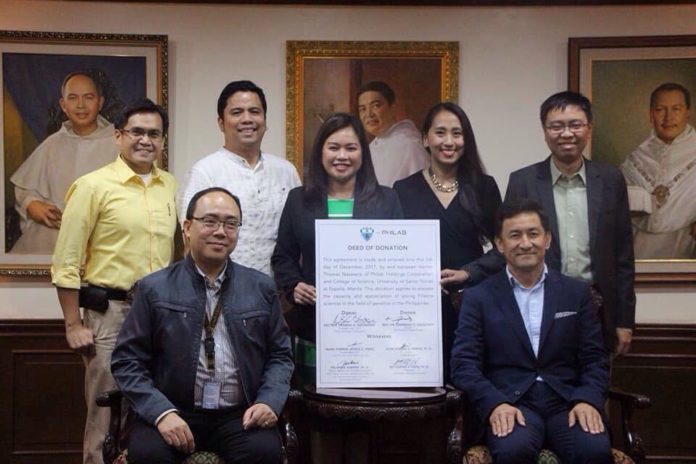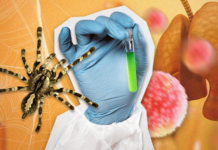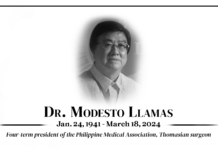
UST HAS acquired two high-tech equipment allowing hands-on DNA sequencing.
Philab Industries, a company that spearheaded the establishment and operations of the Genomic Institute of Asia (GINA), donated two Ion Torrent DNA sequencers used for studying and analyzing genetic codes last December 5.
DNA sequencing is the process of determining the sequence that is incorporated into a genome. A genome is basically the complete set of an organism’s DNA which contains all the information necessary for constructing and maintaining cells in our body.
In research, DNA sequencing is used to identify bacteria and viruses as well as to compare genetic codes of animals or plants to classify their class.
Ion Torrent technology is just one type of genome sequencing (GS) equipment. It translates light into digital information to read the DNA sequence.
Hector Thomas Navasero, founder of GINA and Chairman of the Philab Holdings Corp. envisions the Philippines to be a “hub for genetic sequencing” although there are only few people who know how to operate GS equipment.
Usually, students dispatch specimen to known facilities that would conduct DNA sequencing for them. Hence, they would receive the finished sequences without any knowledge of how the DNA sequencer operated.
This prompted Dr. Pia Albano, a histology professor and researcher on biomarker of cancer cells, to consult Donnie Ramos and Professor Rey Papa, the College of Science Dean and Biology Department Chairperson respectively, to materialize a plan to also allow undergraduate science students to have the opportunity to experience hands-on DNA sequencing.
“It would now ensure future students lalo na ‘yong mga mag-e-engage sa molecular work for their classes and as well as their thesis. They will have better access to the facilities and it would also show the awareness of the students’ kung paano ginagamit ang sequencing,” Papa told the Varsitarian.
Benefits of DNA sequencing
Studying genetic sequencing would be a ladder for genetic testing and future in medicine where it can provide simpler and more accurate methods of treating diseases such as cancer.
By being able to conduct DNA sequencing, it would be simpler to specify a safer and more accurate method to cure disease. The equipment is said to cut down time, but will cost more to complete a study.
Navasero discussed the donation-project with Therese Faye Chongko-Perez last year. Perez is a microbiology graduate from the University and Vice President for Healthcare at Philab Holdings Corp.
The equipment worth Php13 million is planned to be utilized by undergraduate and graduate researchers, as well as faculty members of the University.
The GS equipment is situated at the Student Research Laboratory. It is expected to be in full use after the remodeling of the said laboratory and after Philab personnel train faculty members.












